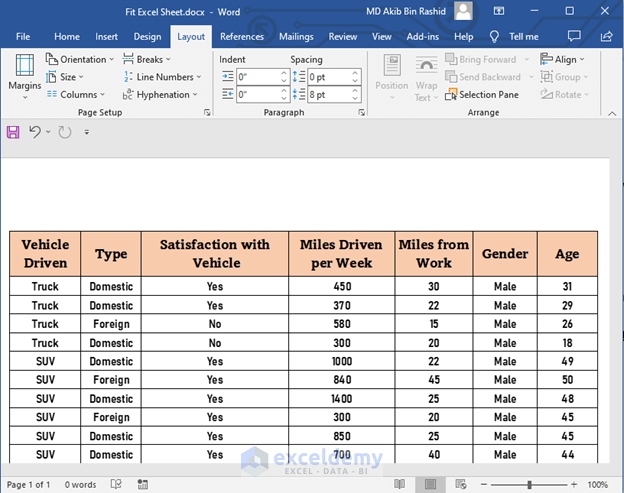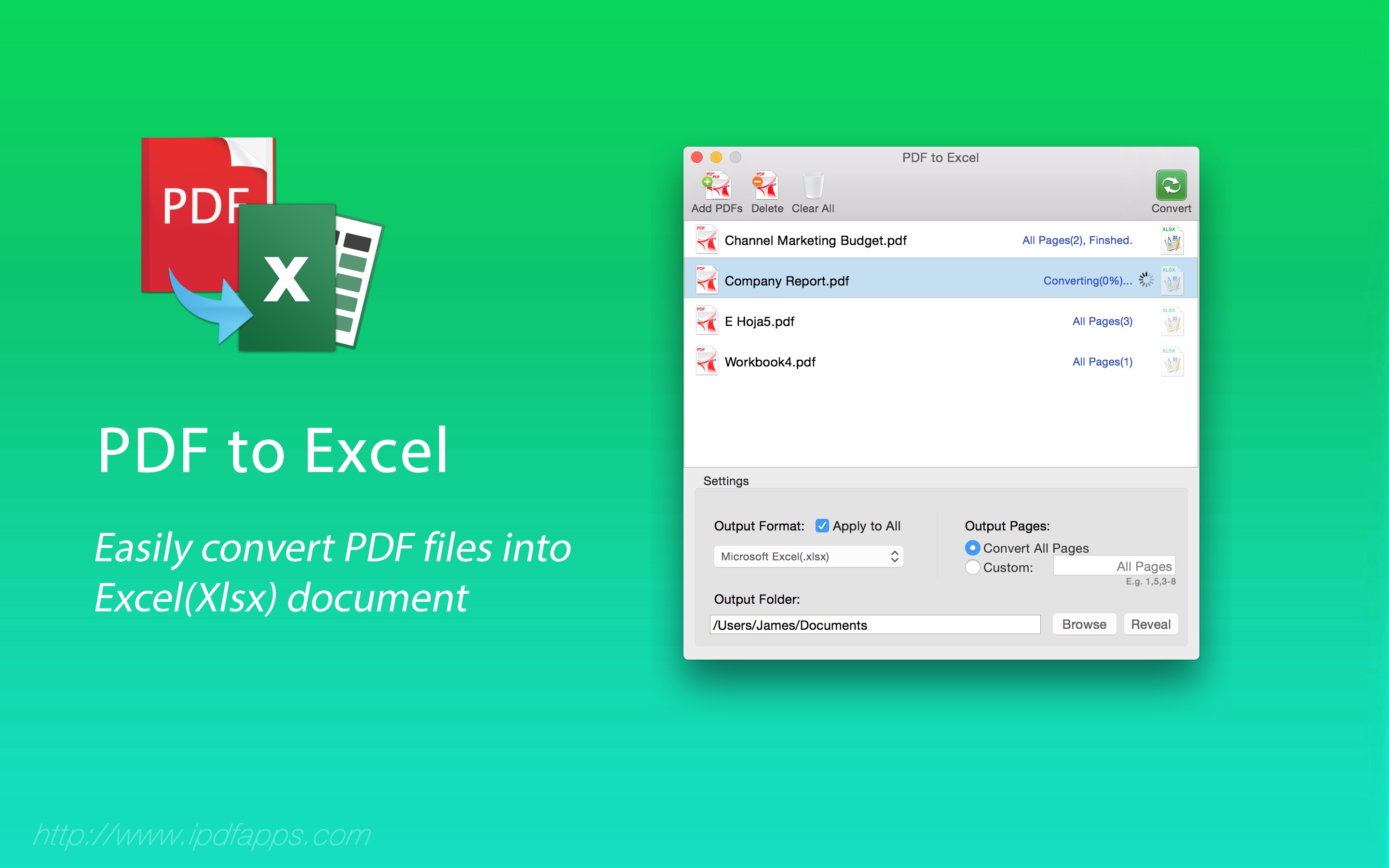5 Simple Tips to Fit Excel Sheets on One Page

5 Simple Tips to Fit Excel Sheets on One Page

Dealing with Microsoft Excel often involves handling large datasets that might not fit on a single page. Whether it's for a meeting, a presentation, or just for your own organization, fitting all your data onto one sheet can be crucial. Here are some practical tips to manage your Excel worksheets more effectively, ensuring your data is presented clearly and concisely.
1. Adjust Margins and Page Orientation

The first step to fitting your Excel sheet onto one page is to play with the document's layout settings:
- Open the Page Layout tab in Excel.
- Under Margins, choose Custom Margins to narrow down the white space around your worksheet.
- Switch Orientation from Portrait to Landscape if it helps accommodate wider tables.
This simple adjustment can reduce the number of pages your data spans by altering how much content fits on a single page.
2. Scale to Fit

If adjusting margins isn't enough:
- Still in the Page Layout tab, navigate to Scale to Fit group.
- Use the Width and Height drop-down menus to scale your data.
- Set both Width and Height to 1 page to fit your content exactly on one page.
This feature uniformly reduces or enlarges your data to fit within one page, but remember that too much scaling might make your data less readable.
3. Reduce Font Size and Cell Padding

Here's how to make your data more compact:
- Select all cells by pressing Ctrl + A.
- Decrease the font size to something smaller, like 8pt or 9pt.
- Adjust cell padding via Format Cells (right-click) > Alignment > Horizontal and Vertical to decrease spacing.
🖱️ Note: Be mindful not to make the text too small to read, ensuring legibility remains a priority.
4. AutoFit Rows and Columns

Sometimes, manual resizing can help:
- Select the column or row you want to adjust.
- Right-click and choose Format Cells.
- Go to Alignment tab, and uncheck Wrap Text.
- Select Format again, then Column Width or Row Height, and enter a smaller value.
This method helps in squeezing more data into less space, though it requires checking to ensure no data is truncated.
5. Hide Unnecessary Rows or Columns

If some data isn't critical for presentation:
- Select the rows or columns you wish to hide.
- Right-click and choose Hide from the context menu.
This technique can significantly reduce the print area without altering the overall data structure. Remember, you can always unhide these later.
📌 Note: Only hide what isn't essential to keep the presentation clean and focused.
By applying these five simple techniques, you can fit your Excel sheets onto one page, making your data presentations more effective and professional. Remember to check the readability of your document after making these adjustments, ensuring that your data remains clear and understandable. Adjusting these settings can help you print or view your Excel sheets in a more manageable and organized manner, enhancing your productivity and presentation skills.
What if my Excel sheet is still too large after these adjustments?

+
Consider summarizing your data or using multiple pages where necessary, ensuring each page contains digestible information.
Can these adjustments affect data accuracy?

+
No, these adjustments primarily change the layout and presentation of the data without modifying the actual values.
How do I unhide rows or columns after hiding them?

+
Select the rows or columns on either side of the hidden ones, right-click, and choose Unhide.
What’s the best way to deal with excess columns?

+
Use Excel’s Freeze Panes feature to lock headers or key columns in place while scrolling through data, reducing the need to fit everything on one page.
Will reducing font size affect the printed output?

+
Yes, reducing font size will also make your printed text smaller, so ensure it’s still legible when printed.



